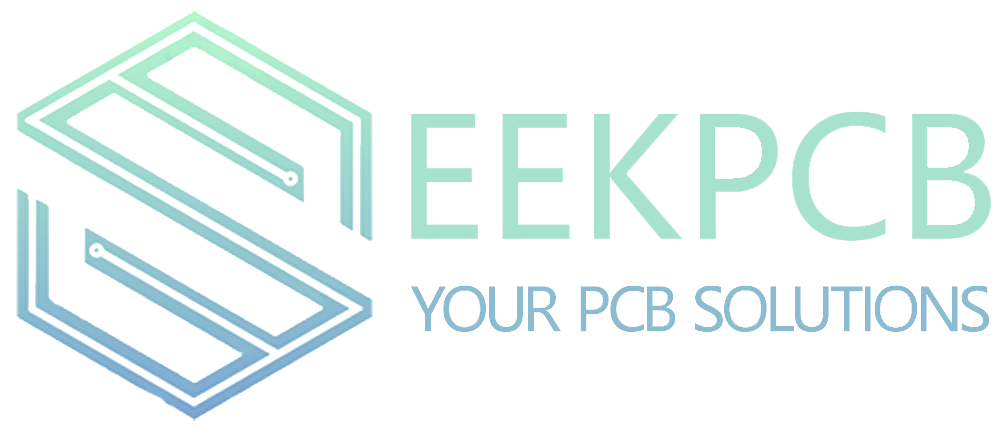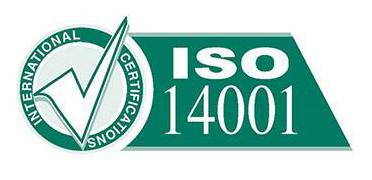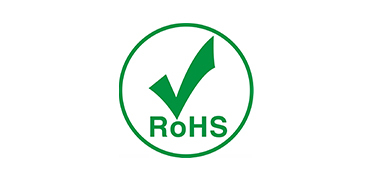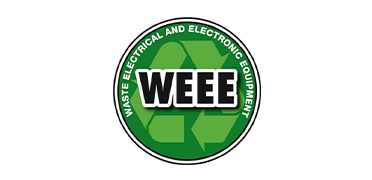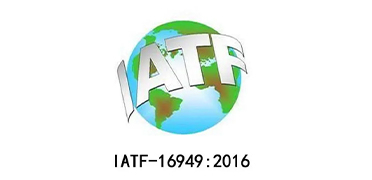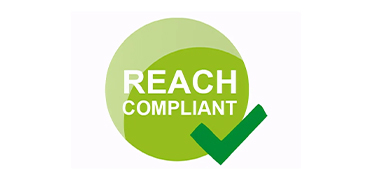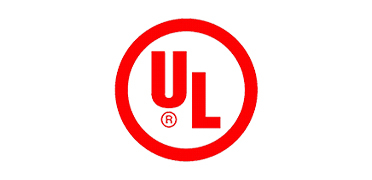








What is heavy copper pcb?
Heavy copper pcb is a layer of copper foil bonded on the glass epoxy substrate of the printed circuit board, when the copper thickness is ≥2oz, it is defined as a heavy copper board. In PCB prototype, the heavy copper board belongs to a special process, which has a certain technical threshold and operation difficulty, and the cost is relatively expensive.
Heavy copper circuit board application area:
Mobile phone, microwave, aerospace, satellite communication, network base station, hybrid integrated circuit, power supply high-power circuit and other high-tech fields.

Performance of heavy copper board
The heavy copper board has the characteristics of carrying high current, reducing thermal strain, and good heat dissipation. Not limited by the processing temperature, oxygen blowing can be used at high melting point, and the hot melt welding method such as constant brittleness at low temperature, and it is also fireproof, belonging to non-combustible materials. Even in extremely corrosive atmospheric environments, the copper sheet will form a strong, non-toxic passivation protective layer.
Advantages of heavy copper board
Thick copper clab pcb is widely used in various home appliances, high-tech products, military, medical and other electronic equipment. The application of thick copper board makes the circuit board, the core component of electronic equipment products, have a longer service life, and also has a great help for the simplification of the volume of electronic equipment;
The vast majority of thick copper boards are high current substrates (current x voltage = power). The main application areas of the high-current substrate are two major areas: power modules and automotive electronic components. Its main terminal electronic product areas, some are the same as conventional PCB, such as portable electronic products, network products, base station equipment, etc. And some are different from conventional PCB fields, such as automotive, industrial control, power modules, etc.
The high current substrate is different from the conventional PCB in efficacy. The main function of conventional PCB is to form wires that transmit information. The high-current substrate is a substrate with a large current passing through, carrying the power device, and the main effect is to protect the carrying capacity of the current and make the power supply stable. The development trend of this high-current substrate is to carry more current, and the heat emitted by the larger device needs to be dispersed, so the large current through is getting larger and larger, and the thickness of all the copper foil on the substrate is getting thicker and thicker. Now the manufacture of high current substrate 6oz copper thickness has become routine
Manufacturing difficulty
Because the heavy copper board is thicker, it brings a series of processing difficulties to PCB processing, such as the need for multiple etchings, insufficient filling of the pressure board, the drilling of the inner welding pad, and the quality of the hole wall is difficult to ensure.
a. Etching difficulty
With the increase of copper thickness, due to the difficulty of liquid exchange, the amount of corrosion on the measured side will become larger and larger. In order to reduce the amount of side erosion caused by liquid exchange as much as possible, it is necessary to solve the problem by rapid etching several times. As the amount of side erosion increases, it is necessary to increase the etching compensation coefficient to make up for the side erosion.
b. Lamination difficulty
With the increase of copper thickness, the circuit gap is deeper, in the case of the same residual copper rate, the required resin filling amount needs to increase, then it is necessary to use multiple semi-curing sheets to meet the problem of filling glue. Due to the need to use resin to maximize the filling circuit gap and other parts, the glue content is high, and the flow of the resin is good, semi-cured sheet is the first choice for thick copper board. The usual selection of semi-curing sheets is 1080 and 106. In the inner layer design, copper spots and copper blocks are laid in the copper-free area or the final milling area to increase the residual copper rate and reduce the pressure of filling.
The increase in the use of semi-cured sheets will increase the risk of skateboards, and the method of increasing rivets can be used to strengthen the degree of fixation between the core. In the trend of increasing copper thickness, resin is also used to fill the blank area between the figures. Since the total copper thickness of the thick copper board is generally above 205.8um (6 oz), the CTE matching between the materials is particularly important (such as the CTE of copper is 0.0017% (17ppm), the glass fiber is 0.0006%-0.0007% (6ppm-7ppm), and the resin is 0.02%). Therefore, in the processing of PCB, the selection of board with packing, low CTE and high Td is the basis for ensuring the quality of thick copper (power supply) board.
As the copper is thicker than the board, the more heat is required for lamination. The actual heating rate will be slower, and the actual duration of the high temperature section will be shorter, which will lead to insufficient resin curing of the semi-cured sheet, thus affecting the reliability of the sheet. Therefore, it is necessary to increase the duration of the laminating high temperature section to ensure the curing effect of the semi-cured sheet. Such as insufficient curing of the semi-cured sheet, resulting in a large amount of glue removal relative to the semi-cured sheet of the core, forming a stepped shape, and then due to the effect of stress, resulting in the fracture of the pore copper.
c. Drilling difficulty
As the copper thickness increases, the board thickness also increases. The thickness of heavy copper board is usually more than 2.0mm, drilling production is more difficult due to the heavy board thickness and copper thickness of the factors. In this regard, using a new tool, reducing the service life of the drill tool, and segmented drilling has become the effective solutions to the drilling of thick copper board. In addition, the optimization of drilling parameters such as feed speed and withdrawal speed also has a great influence on the quality of the hole.
The problem of target hole milling, when drilling, X-RAY energy gradually decays with the increase of copper thickness, and its penetration capacity will reach the upper limit. Therefore, for PCB with thicker copper thickness, it is impossible to confirm the first board when drilling. To this end, the offset confirmation target can be set at different positions on the edge of the board, and the offset confirmation target circuit can be milling out on the copper foil according to the target position on the data when the material is cut, and the target hole on the copper foil and the inner layer of the target hole can be produced accordingly during lamination.
With the need for more and more thick copper boards, the inner pad is getting smaller and smaller, and the problem of pad cracking often occurs while drilling. There is little room for improvement in the material aspect of this kind of problem. The traditional method for improvement is to increase the pad, increase the peeling strength of the material, and reduce the falling speed of the drilling hole.
The traditional thick copper board is generally used in power control, military and other fields, but with the rapid promotion of new energy vehicles, the importance of thick copper board is rising rapidly, and it can be expected that the demand for thick copper plate will show explosive growth in the near future. But at the same time, the increasing requirements of customers have also brought challenges to PCB manufacturers. We believe that with the advancement of material technology, and the advancement of PCB manufacturers' technology, many problems will be solved.
+86-18925293263
